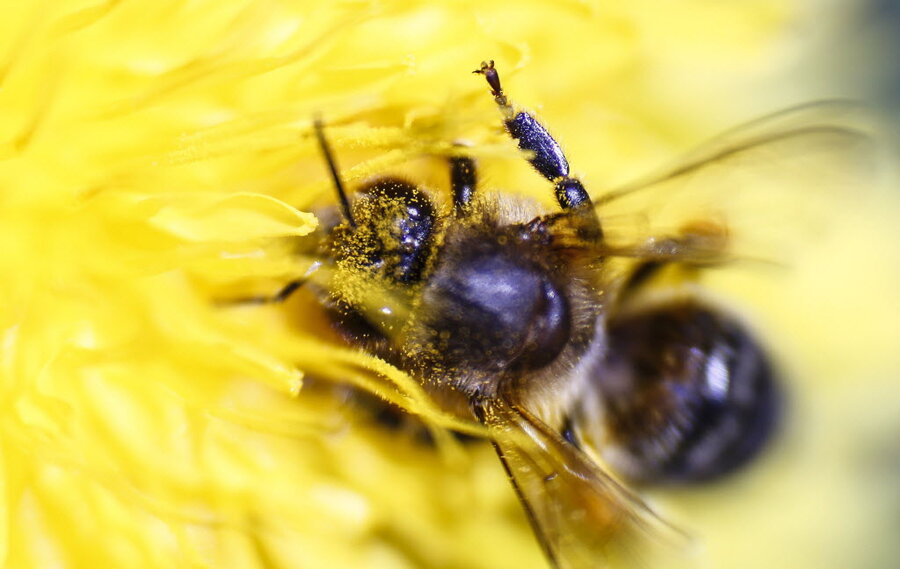How spiders use an electrical charge to trap insects
The spider web - already one of nature’s greatest marvels for its strategic architectural design and the adhesive strands - has now been found to have another advantage: a negative electrical charge, which can snap up positively charged insects in a quite literally fatal attraction.
In an experiment conducted in a lab environment isolated from electrical fields, UC Berkeley post-doctoral fellow Victor Manuel Ortega-Jimenez, who usually works with hummingbirds and moths, and his colleague Robert Dudley gave a variety of newly-dead insects, including bumblebees and fruit flies, a positive-electrical charge in imitation of the charge that those insects would accumulate in life. Insects normally build up an electrical charge when they fly, much as do socked feet shuffling across a carpet, while the spider web has either a positive or neutral charge.
Dropping the insects down into spider webs collected from the European garden spider Araneus diadematus, the scientists found that individual web filaments flexed as much as 2 millimeters toward the charged insects, moving quickly and fatally at an average speed of about 2 meters per second to grab the meat into the web as it fell. The web did not flex at all toward un-charged insects dropped into the web.
“The spider web is really interesting because it's so thin and flexible," said Ortega-Jimenez, who had planned the experiment after noticing that spider webs bent toward his then four-year-old daughter's magic wand toy, which can be used to levitate oppositely charged objects. "The web is attracted to the insect, so that can increase the spider's capture rate."
Cruelly, the charge that draws insects into a spider’s web is also the property on which their survival hinges. Honeybees require an electrical charge to locate flower fields, identify which flowers have already played host to another bee, and ferry nectar on their bodies from the flower to the hive.
The scientists plan to corroborate the results, published in Science, in the wild, observing how the webs respond to live insects, said Ortega-Jimenez.






